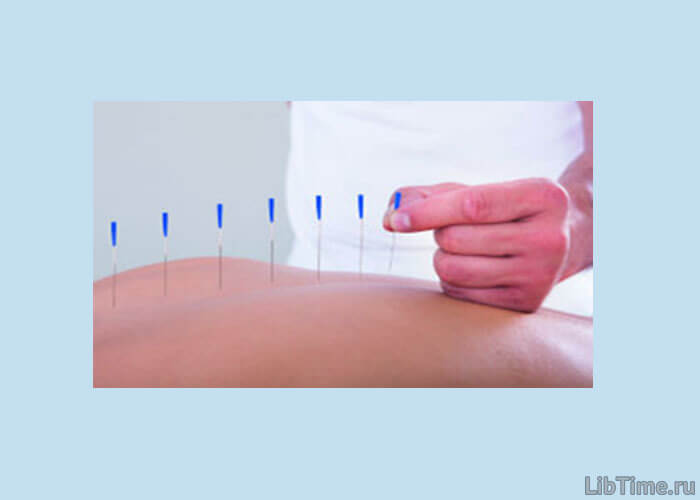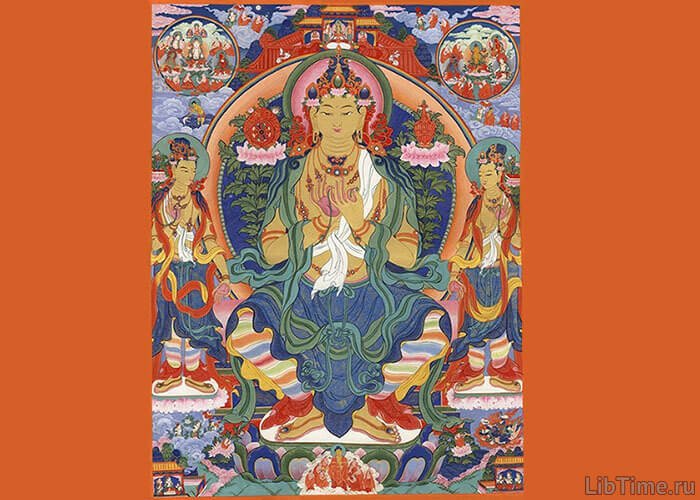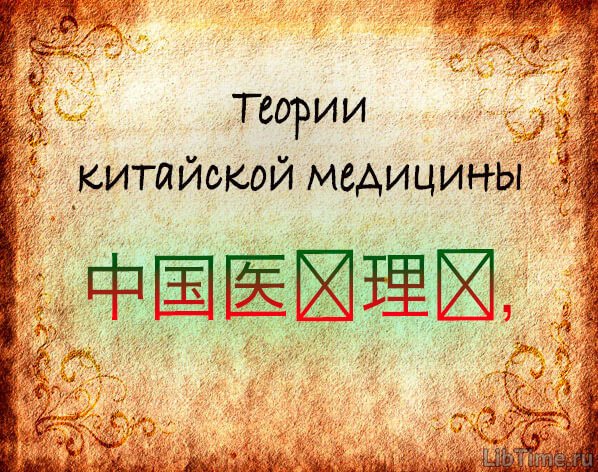Acupuncture in Chinese medicine
Acupuncture in Chinese medicine, the methodology and technique of its execution, are of great, if not decisive, importance for the effectiveness of the treatment, provided that the points of irritation themselves are chosen correctly.
Acupuncture instrument
First of all about the tools for acupuncture. In ancient times, the most common needles were made of alloys of silver or gold with other metals, and according to the shape of the point, the needles used at that time can be divided into 9 types:
- with a sharp or blunt end,
- with one, two or even three blades,
- round, lance-shaped, double-edged, prismatic (trihedral).
Currently used needles are mainly made of stainless steel of the highest grades. They have the necessary flexibility and a low degree of oxidizability. The latter is especially important, given that needles are sometimes left in the body for tens of minutes.
And when there is a need for a longer stay (in some diseases for a day, two or even three), T-shaped needles made of gold, proposed by Dr. Zhu Lian, are used. With a very thin (0.2-0.3 mm) rod and a sharp end, acupuncture needles come in three types:
- long (up to 20 cm) - used mainly for injections in areas with strongly developed muscles (e.g., in the buttock for sciatica);
- medium (up to 10 cm) - for injections in the extremities, lower back, chest, abdomen, back;
- short (up to 5 cm) - for injections in the head and face.
They are made - both the handle and the shaft - from a single piece to prevent breakage when inserted into the body.
Methods of needle insertion
There are three main methods of needle insertion:
- insertion accompanied by a slow rotating motion;
- a quick, superficial injection;
- injection followed by a slow rotational movement.
The first method uses thin needles held with the thumb, middle finger, and index finger. To the slow rotary motion is joined sometimes some pressure on the needle strictly perpendicular, so as not to distort it.
In the second method, a round and short needle is applied a quick single injection, and the needle penetrates the body to a relatively shallow depth (3- 6 mm). It is used to provide emergency care for both adults and children. The latter are generally shown only this method, which they successfully treat shock, collapse, convulsions. The third method consists in the application of deep irritation.
The needles used in this case are therefore long elastic and thin. First, a quick injection is made to a certain depth (up to 1 cm), and then begin a slow rotary movement of the needle until a certain sensation is obtained in the patient. This method is especially indicated for people with hypersensitivity, with strong tension and increased muscle tone.
Predetermined sensations
Chinese physicians have developed a rather strict system for assessing the correctness of acupuncture. It is based on the so-called stipulated sensations. Its essence is that when the needle is inserted, the patient has various sensations - a sense of cold, heat, cold, replaced by heat, tumescence, brokenness, etc.
It is noted that the pain itself is a negative reaction. When this feeling occurs in the patient, the needle should be moved slightly.
Rotational movements of the needle
In those cases where, after the needle has been inserted to a certain depth, rotary movements of the needle are provided, they are made in the same place, but at different speeds and in both directions. The more irritation is produced the faster the needle is rotated. Usually it is rotated by 180°. If it is necessary to increase the irritation, the rotation is made by 360°.
Rotation to one side can cause sharp pain and even collapse. The length of time the needle is left in the body depends on the sensations and condition of the patient. It lasts, as already mentioned, from a few minutes to tens of hours. The meaning of this reception is as follows. With a longer irritation , the initial effect is consolidated, the strength of irritation is regulated, the muscle tone is relaxed.
Types of acupuncture
Acupuncture in Chinese medicine can be:
- cold,
- hot,
- sometimes it is combined with the passage of a weak electric current through the body.

Considering that the action of acupuncture is transmitted through the nervous system, Chinese physicians try not to injure large nerve trunks and limit the action through the receptors embedded in the tissues of the body. The duration of treatment sessions is determined in a particular patient individually. Usually manipulations are performed daily or with a break of 1-2 days.


